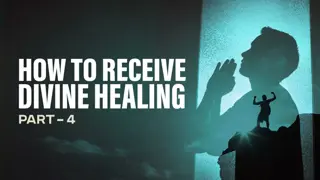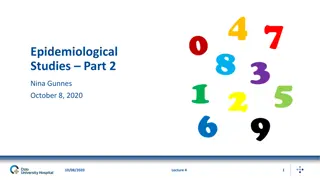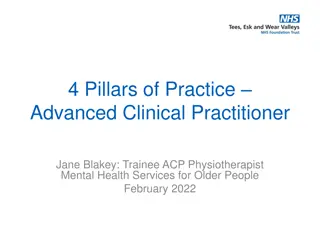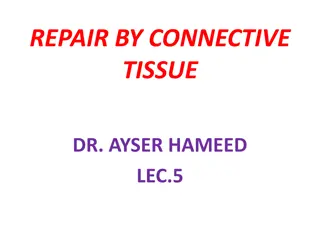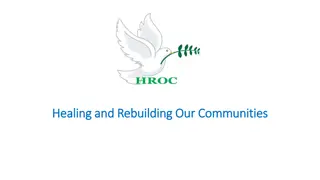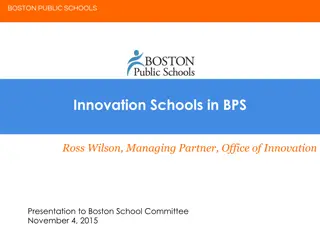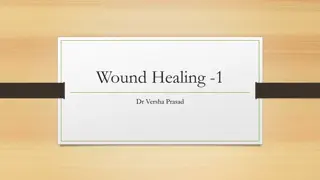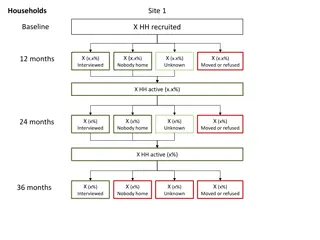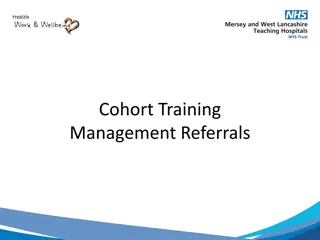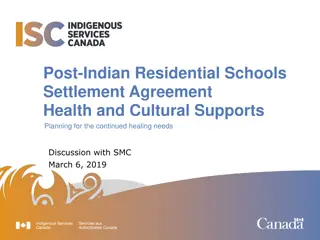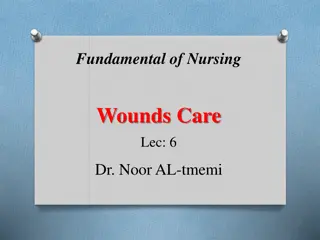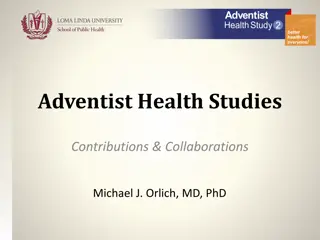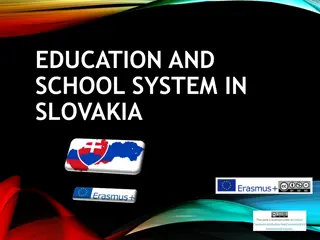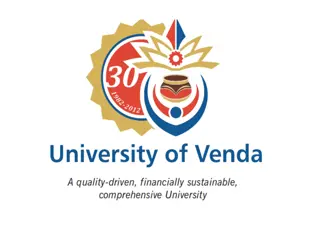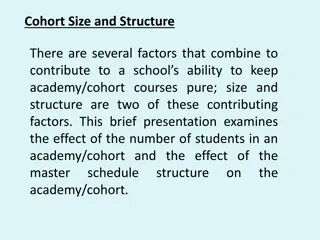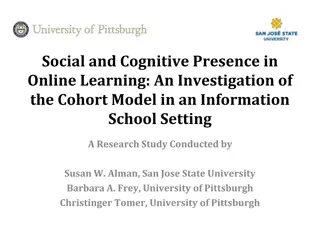Healing-Centered Schools Advanced Practice Cohort
Healing-Centered Engagement goes beyond trauma-informed care, focusing on collective trauma experiences, addressing root causes in the environment, and promoting healing and restoration. Shifting perspective to emphasize strengths, skills, joy, and hopes is essential in trauma work. Understanding trauma as learning brain vs. survival brain aids communication, while triggers activate the survival brain in any environment.
Download Presentation

Please find below an Image/Link to download the presentation.
The content on the website is provided AS IS for your information and personal use only. It may not be sold, licensed, or shared on other websites without obtaining consent from the author.If you encounter any issues during the download, it is possible that the publisher has removed the file from their server.
You are allowed to download the files provided on this website for personal or commercial use, subject to the condition that they are used lawfully. All files are the property of their respective owners.
The content on the website is provided AS IS for your information and personal use only. It may not be sold, licensed, or shared on other websites without obtaining consent from the author.
E N D
Presentation Transcript
Welcome! Healing-Centered Schools, Advanced Practice Cohort
Where are we going? Trauma 102 2
Principles of Trauma-Informed Care SAFETY TRUSTWORTHINESS + TRANSPARENCY PEER SUPPORT COLLABORATION & MUTUALITY EMPOWERMENT & CHOICE CULTURAL RESPONSIVENESS Trauma 102 3
Healing-Centered Engagement Builds on & moves us beyond trauma-informed care... Acknowledges how trauma is experienced collectively, not just individually Considers how the root causes of trauma exist in the environment, not just the individual Focuses on healing & restoration--not just coping with symptoms Supports adult providers/health care professionals in their own healing Concept developed by Dr. Shawn Ginwright, Phd Trauma 102 4
The work begins with shifting perspective... From what s wrong with you? To what happened to you? And going further to ask: What s right with you? What skills have you used to survive? What are you good at? What brings you joy? What are your hopes & dreams? What does liberation & justice look like to you? Trauma 102 5
Survival Brain Learning Brain Trauma 102 6
Understanding Trauma: Learning Brain vs Survival Brain This video reframes a trauma perspective in terms of learning brain versus survival brain as a way to make it easier for teachers to talk about trauma with students. PLEASE SHARE! You do not have to ask permission, but do leave a comment about how you are using it and whether it helped! Animation by Thomas Moon Trauma 102 7
Interpretation guides intervention Trauma 102 8
Triggers Not inherently bad Set off the survival brain even in a seemingly safe environment Unique to the person & trauma Trauma 102 9
Common Triggers for students & families Loud noises Being ignored Being the center of attention Authority figures Police/Armed security Perceived criticism Having to say yes Being told how to move one s body Being far from an exit Unexpected touch Unfamiliar stimuli Not knowing an answer Having to ask for help Recall of trauma Being alone in room with unfamiliar stranger Being alone in room with person(s) of a particular gender or race (for example--in a group of men, in a group of primarily white people) Emergency Drills Sensory reminders of trauma Trauma 102 10
Fight Fights to regain or hold power, especially when feeling coerced or threatened LOOKS LIKE Acting out, aggression, hyperactivity, explosive temper or outbursts demanding perfection, suicidal or homicidal ideation Trauma 102 11
Flight Flees, disengages, or checks-out emotionally or physically LOOKS LIKE Withdrawing, failing to return for follow-up visits, changing the subject, can t sit still or relax Trauma 102 12
Freeze Psychological shut-down. Disengages from whatever is happening. LOOKS LIKE Dissociation, inability to answer questions, mistrustful, difficulty making or acting on decisions, isolating, avoiding phone calls Trauma 102 13
Fawn Merging with the wishes, demands, and desires of others as a means of survival LOOKS LIKE Agreement, Apologizing, Placing others needs above one s own, Praise, People-pleasing, avoid conflict Trauma 102 14
The foundation of a healing-centered school is built on transformative relationships Trauma 102 15
Homework! Think about 2 students who exhibit fight-flight-freeze coping What, if any, labels have been placed on them by adults in their community? What are some common triggers that could be contributing to their responses? What do you notice happens to them when they become triggered? What do you notice happens to you when they become triggered? What about their response may have been effective in a life-threatening situation? What are they communicating to you through their response? What do you know about that student s life outside of school? What are their strengths? Trauma 102 16




